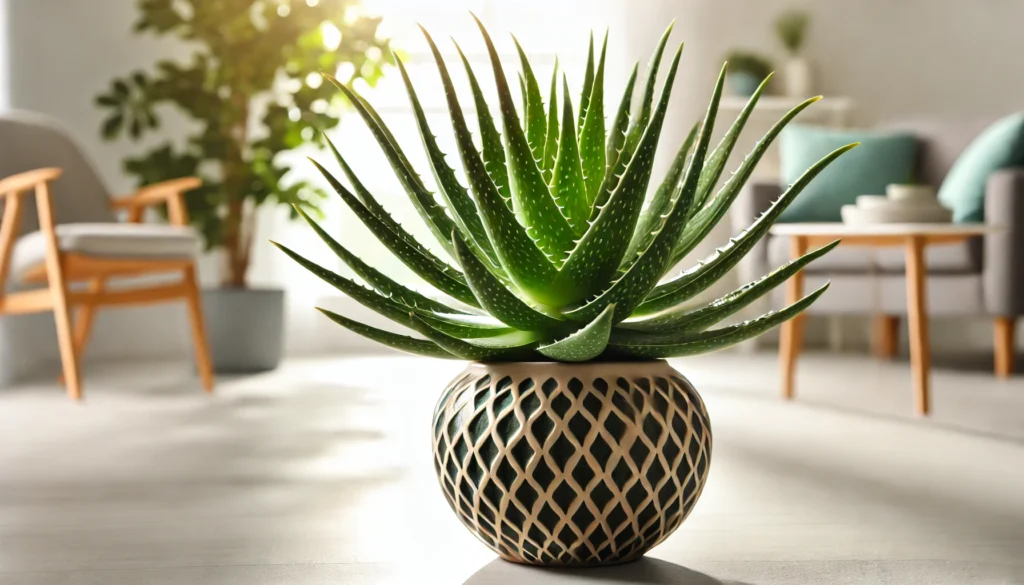
Cilantro, formally known as Coriandrum sativum, is a beloved herb recognized for its distinctive aroma and flavor. This annual plant can grow up to 20 inches tall, featuring delicate, feathery leaves and tiny white or pinkish flowers. Known by various names such as Chinese parsley and coriander (especially when referring to its seeds), cilantro is a staple in many culinary traditions worldwide.
History and Ideal Growing Conditions
Cilantro has a rich history, dating back thousands of years. It is believed to have originated in the Mediterranean and Middle Eastern regions. The herb was used by the ancient Egyptians, and its seeds have been found in the tombs of pharaohs. Today, cilantro is a global herb, integral to cuisines ranging from Latin American to Indian and Asian dishes.
For optimal growth, cilantro thrives in cool, moist conditions with well-drained soil. It prefers full sun but can tolerate partial shade, especially in hotter climates. Cilantro grows best in temperatures between 50-85°F (10-29°C). Regular watering and good air circulation help prevent common issues like mildew and bolting (premature flowering).
Cilantro and Pet Safety
Cilantro is generally safe for pets, making it a pet-friendly herb for households with dogs and cats. In fact, it can be a nutritious treat in moderation, offering vitamins and minerals. However, as with any plant, it’s wise to monitor your pets for any adverse reactions when they try new foods.
Best Practices for Caring for Cilantro
Caring for cilantro involves a few key practices to ensure it remains healthy and productive throughout its growing season.
Watering and Humidity
Cilantro enjoys consistent moisture. Water the plant regularly, ensuring the soil stays moist but not waterlogged. During hotter periods, increase the frequency of watering to prevent the plant from drying out. High humidity is beneficial, so consider misting the plant if you live in a particularly dry area.
Soil, Light, and Temperature
Plant cilantro in well-drained, fertile soil with a pH between 6.2 and 6.8. A mix rich in organic matter will support healthy growth. Cilantro prefers full sun but will appreciate some afternoon shade in hotter climates to prevent bolting. The ideal temperature range is between 50-85°F (10-29°C), as extreme heat can cause the plant to flower and set seed prematurely.
Common Problems and Remedies
Despite its resilience, cilantro can encounter a few common problems. Bolting is one of the most frequent issues, typically triggered by heat and long days. To prevent this, plant cilantro in cooler weather and provide shade during hot afternoons.
Pests like aphids and spider mites can also affect cilantro. Combat these by regularly inspecting the plant and using insecticidal soap or natural predators like ladybugs.
Fungal diseases such as powdery mildew can occur in high humidity and poor air circulation. Ensure your plants are spaced properly and avoid overhead watering to minimize these risks.
Propagation and Benefits
Cilantro can be propagated easily from seeds. Sow the seeds directly into the soil, about 1/4 inch deep, and thin the seedlings to 6-8 inches apart once they have a few sets of true leaves. Succession planting every 2-3 weeks will ensure a continuous harvest throughout the growing season.
The benefits of cilantro are numerous. Not only does it add a burst of flavor to dishes, but it also offers health benefits. Cilantro is rich in antioxidants, vitamins A and C, and has been shown to have anti-inflammatory and digestive health properties.
Final Thoughts
Cilantro is a versatile and flavorful herb that can enhance your culinary creations and offer various health benefits. With the right care and growing conditions, it can be a delightful addition to your garden or kitchen windowsill. Whether you’re an experienced gardener or a novice, cilantro’s relatively simple care requirements make it an excellent choice for any herb enthusiast.
Embrace the delightful aroma and taste of cilantro, and enjoy the numerous benefits it brings to your meals and overall well-being.
Stay connected with the world of plants! Subscribe to Phylofy for expert gardening tips, DIY projects, and eco-friendly inspiration. Join our community and nurture your love for nature. Don’t miss exclusive content and updates. Subscribe now!



